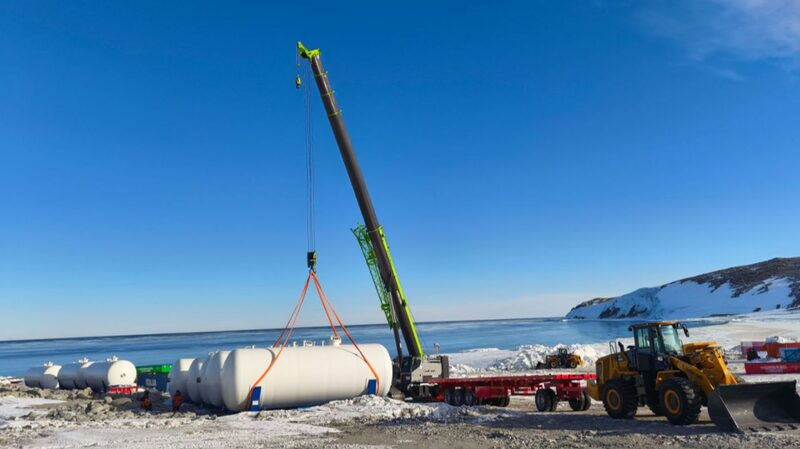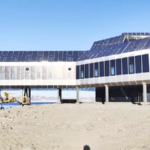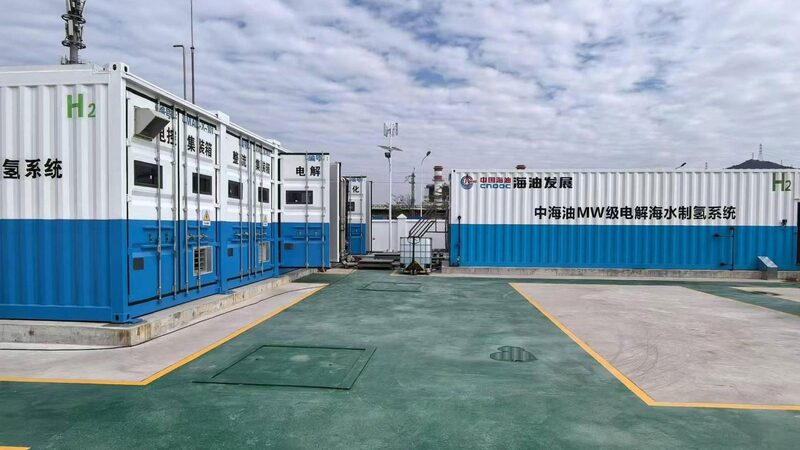China has cracked the code for sustainable polar research! 🧊🔋 The country's Qinling Station in Antarctica is set to become the world's first large-scale green energy hub in the continent's extreme environment, according to the Polar Research Institute of China (PRIC). This breakthrough could redefine how nations approach scientific operations in Earth's most unforgiving landscapes.
More Than Just a Research Station
As China's fifth Antarctic base and third year-round facility, Qinling Station can host 80 researchers in summer and 30 during winter. But its real star power? A renewable energy system combining wind turbines, solar panels, hydrogen tech, and storage batteries—all designed to withstand Antarctic blizzards and months of darkness.
Tech That Defies -60°C
The system's secret weapon lies in cutting-edge simulations. Scientists recreated Antarctic conditions—from polar winds to 24-hour daylight cycles—in a lab in Taiyuan. \"We needed to solve challenges like equipment freezing and energy storage limits before deployment,\" explained Sun Hongbin, PRIC's chief polar energy scientist.
60% Clean Energy Target
Once fully operational in February, the station will get 60% of its power from renewables. Even during 'no sun, no wind' blackout periods, the system can keep lights on for 2.5 hours—a game-changer for critical research equipment and living facilities.
This project marks China's latest step in polar innovation, proving eco-friendly solutions can thrive where temperatures plunge below -60°C. ❄️🔬
Reference(s):
China achieves green scientific research in the polar energy field
cgtn.com







